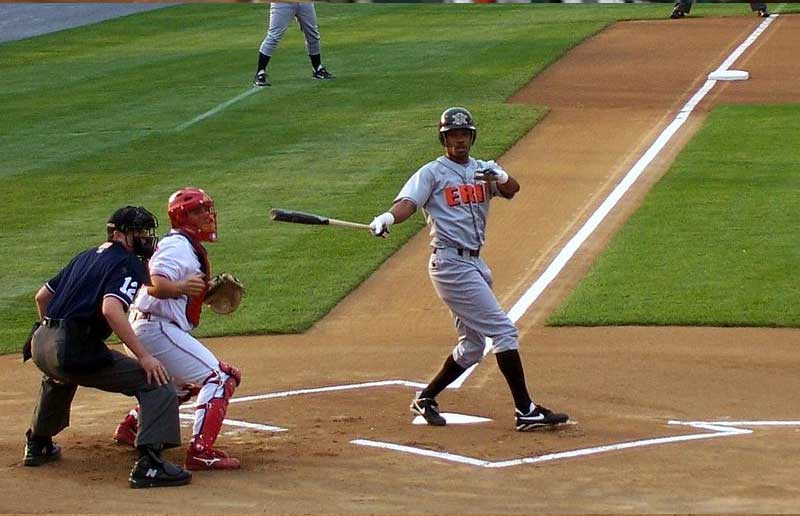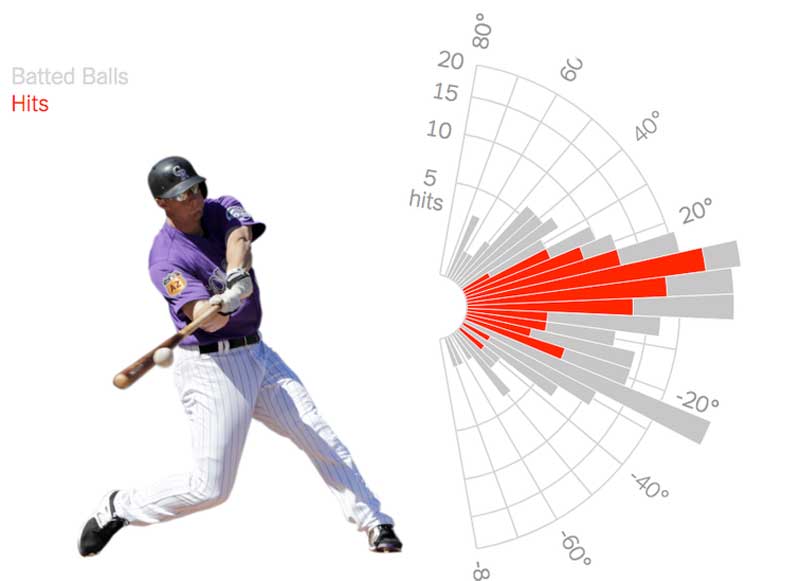In the grand theater of baseball, the outfield serves as a vast expanse where exceptional athleticism, precision, and strategy come to life. Outfielders are the sentinels of the grassy plains, and their role is no less demanding than their infield counterparts. In this guide, we’ll dive into the specialized skills and techniques that make a great outfielder in baseball.
1. Speed and Agility
Outfielders must cover substantial ground quickly. Developing speed and agility is paramount:
Accelerate off the Bat: Outfielders need to read the trajectory of the ball off the bat and react immediately. Practice drills that enhance your first-step quickness.
Lateral Movement: While outfielders mostly move forward and backward, they also need lateral agility. Incorporate lateral cone drills to improve your lateral speed and quick direction changes.
2. Tracking Fly Balls

Tracking and catching fly balls with precision is an outfielder’s bread and butter:
Read the Flight: Outfielders must learn to read the flight of the ball off the bat. Focus on tracking the ball’s spin and trajectory, which provides valuable cues on its path.
Judgment and Timing: The key is to judge the ball’s distance, speed, and direction accurately. Timing your jump or dive is critical for making successful catches.
3. Throwing Accuracy
Outfielders are known for their strong and accurate arms:
Throwing Mechanics: Work on your throwing mechanics to ensure a quick and accurate release. Outfielders need to make long throws with speed and precision.
Cutoffs and Relays: Understand when to act as a cutoff player and relay the ball to the infield. This skill is essential for preventing runners from advancing extra bases.
4. Positioning and Anticipation
Effective outfield play requires an understanding of positioning and anticipation:
Game Situation Awareness: Be aware of the game situation, including the number of outs, baserunners, and the batter’s tendencies. Use this knowledge to position yourself optimally.
React to Batting Tendencies: Pay attention to the batter’s tendencies. Adjust your positioning based on whether the batter is likely to pull, go opposite field, or hit a fly ball.
5. Communication

Clear and effective communication is vital in the outfield:
Calling for the Ball: Outfielders should call for fly balls early and loudly to avoid collisions with teammates. The player with the best angle should take charge.
Coordinate with Infielders: Outfielders must communicate with infielders on plays involving runners tagging up or advancing.
6. Wall Play
Outfielders often contend with outfield walls, adding another layer of complexity:
Read the Wall: Learn to read the wall’s distance and angles. Outfielders need to gauge how far they can go before making contact with the wall.
Use the Wall: Use the wall as a tool to make catches or play caroms effectively. With practice, you can become adept at playing balls off the wall.
7. Diving and Sliding
Occasionally, outfielders need to dive or slide to make a catch or stop a ball from reaching the wall:
Proper Technique: Work on your diving and sliding technique. This includes how to land safely and protect yourself from injury while maintaining control of the ball.
8. Game Awareness

Outfielders must remain aware of the overall game situation:
Back Up Throws: Always be ready to back up throws to other bases. This ensures that if an errant throw occurs, you’re in position to prevent runners from advancing.
9. Learn from the Pros
Watch professional outfielders in action. Study their positioning, routes to the ball, and throwing mechanics. Analyze how they read fly balls and make catches.
10. Consistent Practice
Consistency is key to mastering outfield play. Repetition builds muscle memory and sharpens your skills.
In the vast, sprawling outfield, outfielders are the guardians of their team’s defense. By honing their speed, agility, tracking ability, throwing accuracy, positioning, communication, and game awareness, outfielders transform into indispensable assets. As an outfielder, you become the last line of defense, the expert fly ball tracker, and the sure-handed arm that deters baserunners. It’s a role that demands skill, precision, and a deep love for the game—the very qualities that make a great outfielder in baseball.
